Kremlins
To many tourists the word kremlin refers only to the Moscow Kremlin, but Moscow is not the only Russian city to have a kremlin, which is the Russian word for a mediaeval fortress which represented the centre of the city and the seat of the local prince or governor. A fortification which did not surround the centre of a city is just called a fortress (крепость/krepost in Russian). Fortified monasteries also should not be confused with kremlins, although they too are sometimes incorrectly called kremlins.
Usually kremlins were built out of stone and included towers, although earlier versions were made out of wood and often stood on specially-constructed earthen mounds. Inside they traditionally housed governmental buildings as well as religious ones - usually the main cathedral of the city. Below is a list of kremlins which today are of varying degrees of preservation, some are more or less intact or only partly ruined, while for others only the earthen mounds survive. In some cases all the fortifications have been destroyed and all that remains is the buildings which were once inside and the name kremlin.
Surviving or Partially Surviving Kremlin Walls
ASTRAKHAN KREMLIN
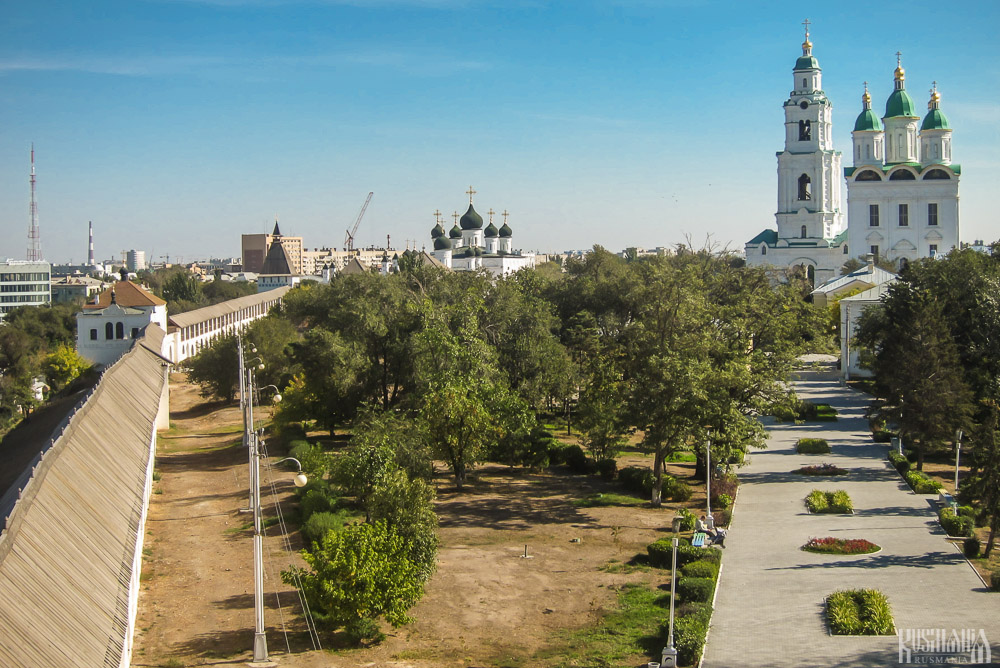
The Astrakhan Kremlin was built in the late 16th century to defend Russia's southern border, after Ivan the Terrible had liquidated the Astrakhan Khanate in 1556 and incorporated it into Russia. Unlike the majority of the other Russian kremlins the Astrakhan Kremlin was built out of white stone and it has survived virtually intact. Inside the kremlin you will find the impressive Dormition Cathedral as well as other churches and several museums.
 Astrakhan, Astrakhan Region (Southern Federal District)
Astrakhan, Astrakhan Region (Southern Federal District)
KAZAN KREMLIN
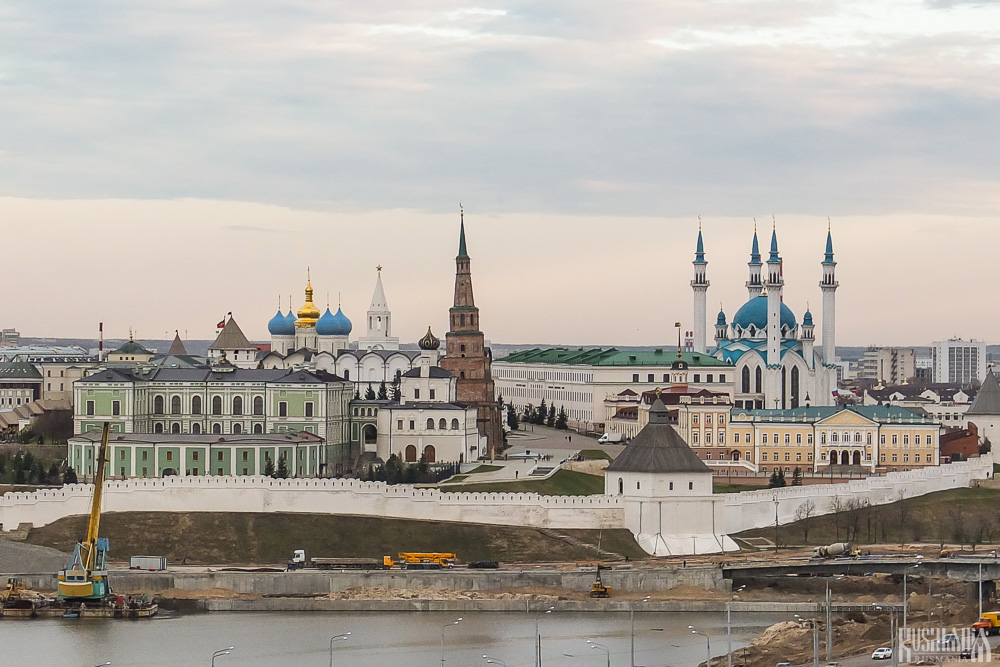
The Kazan Kremlin is located in the centre of Kazan on a high peninsular sticking out into the Rivers Kazanka and Volga . A fortress has been in this location since ancient times but the present kremlin was built on the orders of Tsar Ivan the Terrible after his conquest of Kazan in 1552. Pskov master architects were brought in to construct the 1,800 metres of walls and 13 towers. Today the kremlin is the heart of Kazan and its most famous sight. In 2000 it was inscribed on UNESCO’s World Heritage List. Located inside are the Qol-Şärif Mosque, the Annunciation Cathedral, the palace of the president of Tatarstan as well as several museums.
 Kazan, Republic of Tatarstan (Volga Federal District)
Kazan, Republic of Tatarstan (Volga Federal District)
KOLOMNA KREMLIN
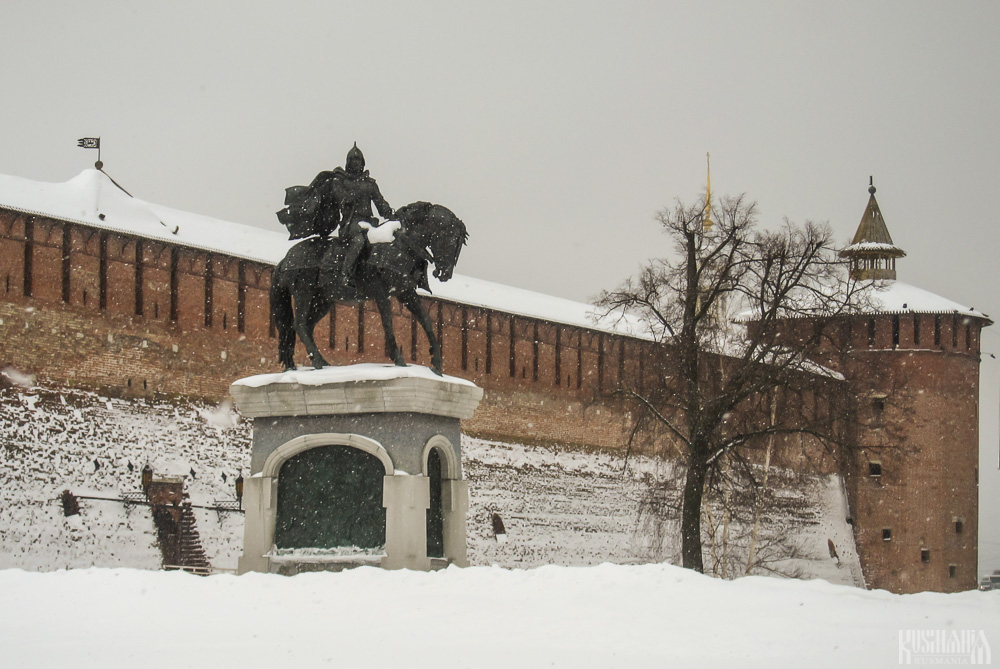
The Kolomna Kremlin was built in stone between 1525 and 1531 upon the orders of Grand Prince Vasili III to better protect Russia's southern borders from Crimean Tatar raids. Previously to this the kremlin was only made out of wood which was destroyed and rebuilt several times over the centuries. Originally the kremlin had 1940 metres of walls with 17 towers, but only six towers and several sections of the walls have survived. Inside the kremlin are several religious buildings including the Dormition Cathedral, the Novo-Golutvin Convent and the Uspensky Brusensky Convent.
 Kolomna, Moscow Region (Central Federal District)
Kolomna, Moscow Region (Central Federal District)
MOSCOW KREMLIN

The Moscow Kremlin is of course the most famous of Russia's kremlins and is often just referred to as the Kremlin, which in turn is a byword for the Russian government. The first stone version was built on the orders of Grand Prince Dmitri Donskoy on Borovitsky Hill between 1366 and 1368. This was then replaced between 1485 and 1495 during the reign of Grand Prince Ivan III, who also ordered the building of new cathedrals inside. It has subsequently been restored many times, including large-scale reconstruction work after the Time of Troubles in the early 17th century and after the 1812 invasion of Napoleon, who attempted to blow it up. Since then it has been fully restored.
Today the Moscow Kremlin functions as the official seat of the Russian president and as a tourist attraction run as the Moscow Kremlin State Historical and Cultural Museum-Reserve. Inside the Moscow Kremlin are three magnificent cathedrals - the Dormition Cathedral, the Archangel Michael Cathedral and the Annunciation Cathedral - several churches, a palace complex and governmental buildings plus the famous Tsar Bell and the Tsar Canon. In 1990 it was inscribed on UNESCO’s World Heritage List.
 Moscow (Central Federal District)
Moscow (Central Federal District)
NIZHNY NOVGOROD KREMLIN
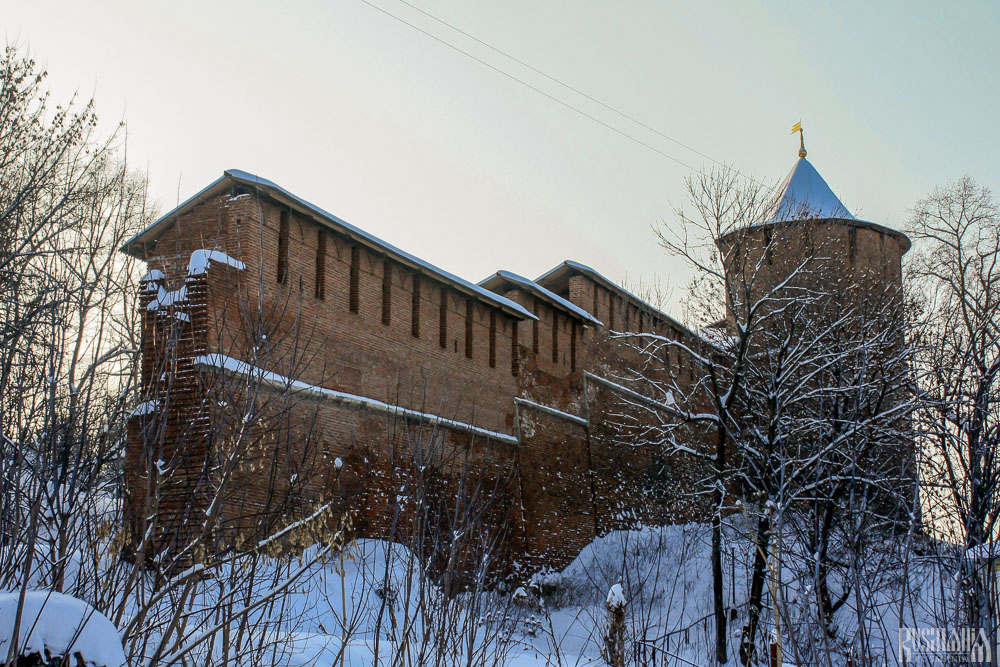
Nizhny Novgorod was founded in 1221 and the first wooden kremlin dates from this time. The first stone walls were erected in 1374 when Nizhny Novgorod was the centre of the Nizhny Novgorod-Suzdal Grand Principality. However the surviving version of the kremlin dates from between 1508 and 1515 and was built on the orders of Grand Prince Ivan III to secure Muscovy from the Kazan Khanate, whose armies later besieged the kremlin several times. The kremlin surrounds an area measuring 22.7 hectares and inside there are several administrative buildings and monuments as well as the Archangel Michael Cathedral.
 Nizhny Novgorod, Nizhny Novgorod region (Volga Federal District)
Nizhny Novgorod, Nizhny Novgorod region (Volga Federal District)
NOVGOROD KREMLIN (DETINETS)
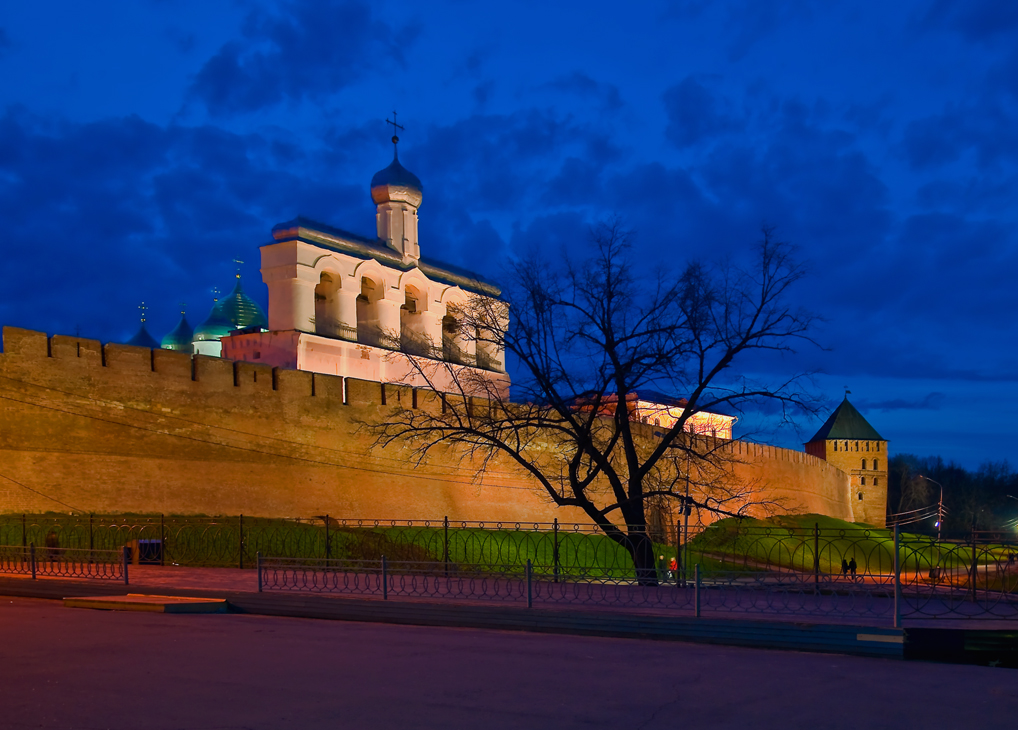
The fortress in Novgorod is traditionally known as the Novgorod Detinets rather than the Novgorod Kremlin, but the terms are often used interchangeably and there is no real difference in meaning. The version of the Detinets which survives today dates from the time Ivan III conquered the Novgorod Republic in 1478 and was completed by approximately 1490. In the 19th century the Detinets had fallen into a state of disrepair and in 1862 a large part of the walls collapsed. More damage was inflicted during the Second World War, but large-scale reconstruction work was carried out in the 1950s and 1960s. Inside the kremlin are the famous St Sophia's Cathedral and the Millennium of Russia Monument Bell.
 Veliky Novgorod, Novgorod region (North-West Federal District)
Veliky Novgorod, Novgorod region (North-West Federal District)
PSKOV KREMLIN (KROM)
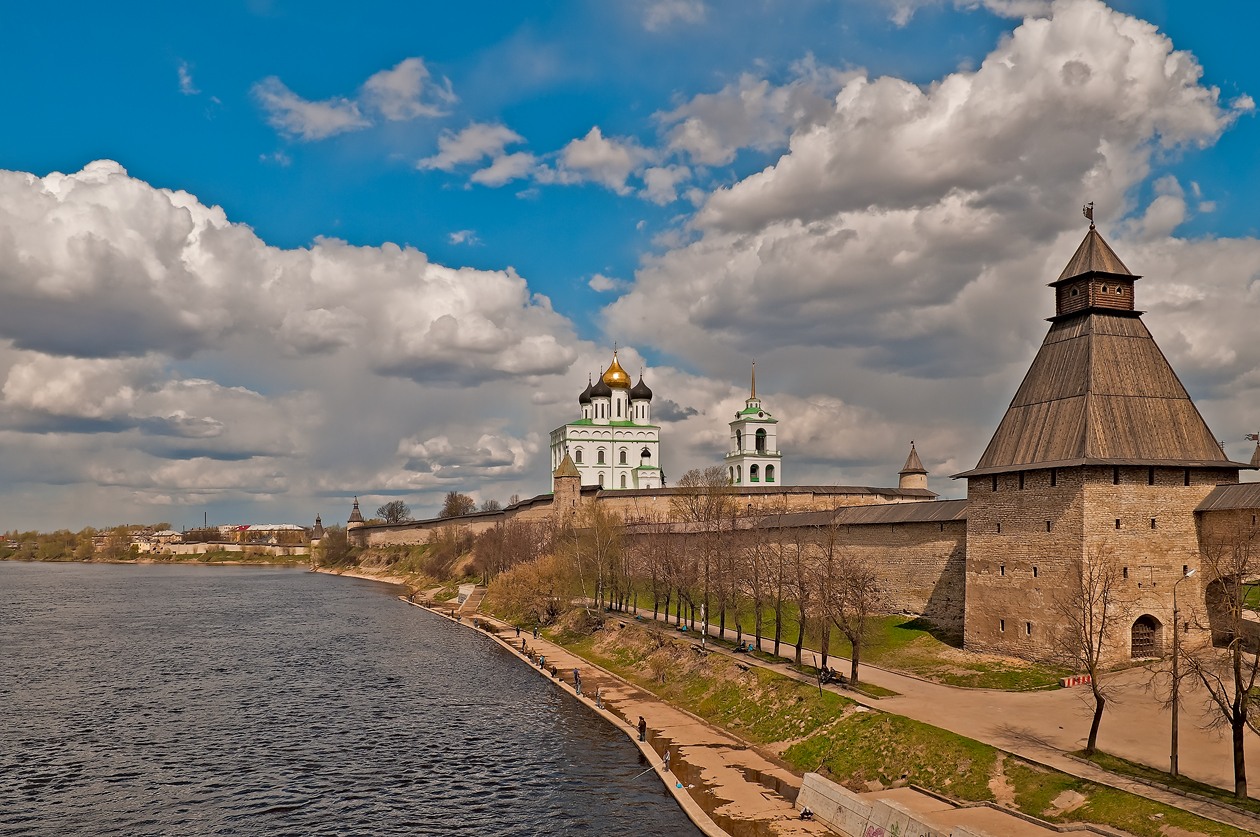
The Pksov Kremlin is traditionally known as the Krom which is situated on the headland at the confluence of the River Pskov and the River Velikaya. In turn the Krom is surrounded by an additional, more extensive set of fortified walls known as the Pskov Fortress. The Krom’s exact date of construction is not known but the surviving version is thought to have been built in the 14th and 15th centuries. Between the 14th and 16th century the Krom served as the administrative, legal and spiritual centre of the Pskov Republic. It incorporates seven towers. Inside the Krom is the Trinity Cathedral while to the south are the remains of what is known as Daumantas' City (Dovmont Gorod) which dates from the 13th century and extended the fortifications of the krom.
 Pskov, Pskov region region (North-West Federal District)
Pskov, Pskov region region (North-West Federal District)
ROSTOV VELIKY
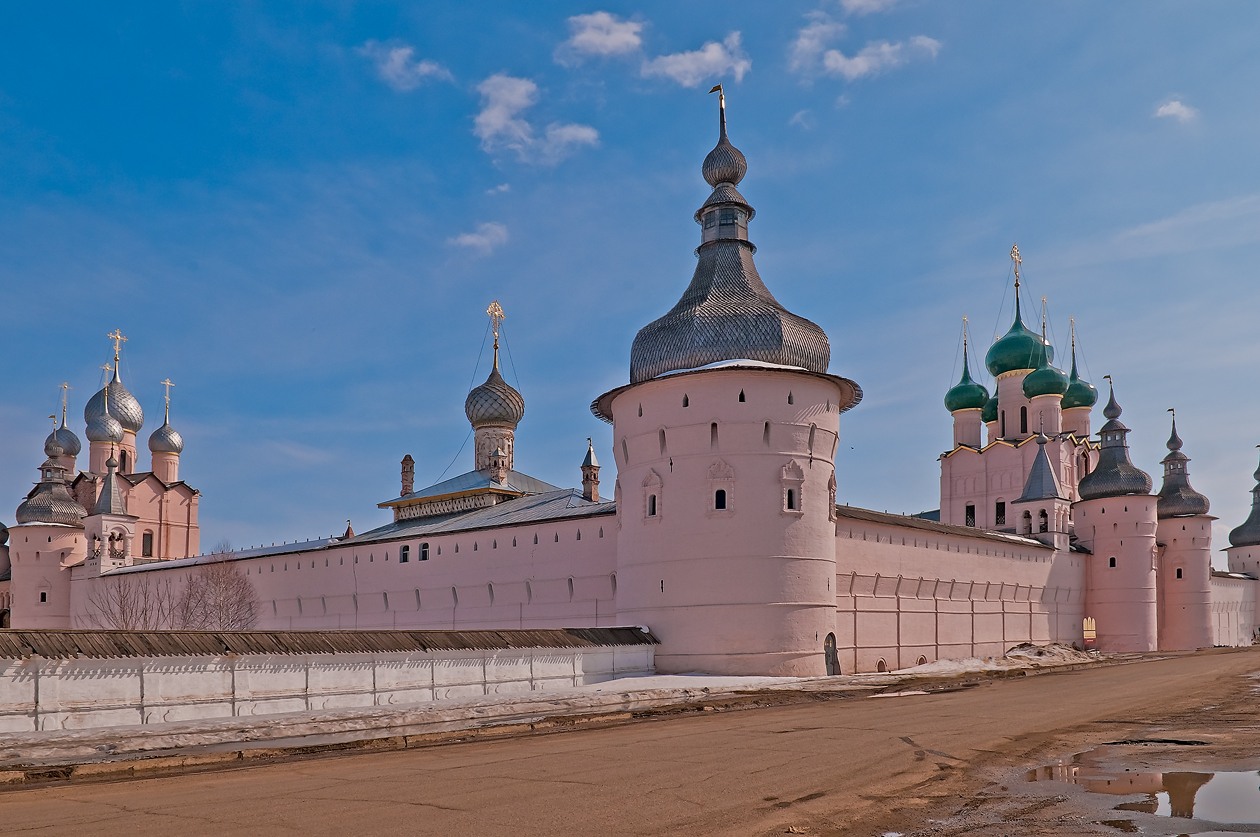
The Rostov Kremlin was built between 1670 and 1683 on the orders of Metropolitan Iona Sysoevich of Rostov and Yaroslavl to serve as a new residence for himself. Even though the strong fortified walls and 11 towers were really more for decorative purposes rather than defensive ones, the new residence nevertheless started to be referred to as a kremlin. As expected for a religious residence, there are many churches inside which now mostly function as museums of the Rostov Kremlin State Museum Reserve.
 Rostov, Yaroslavl region region (Central Federal District)
Rostov, Yaroslavl region region (Central Federal District)
SMOLENSK KREMLIN (Smolensk Fortress)
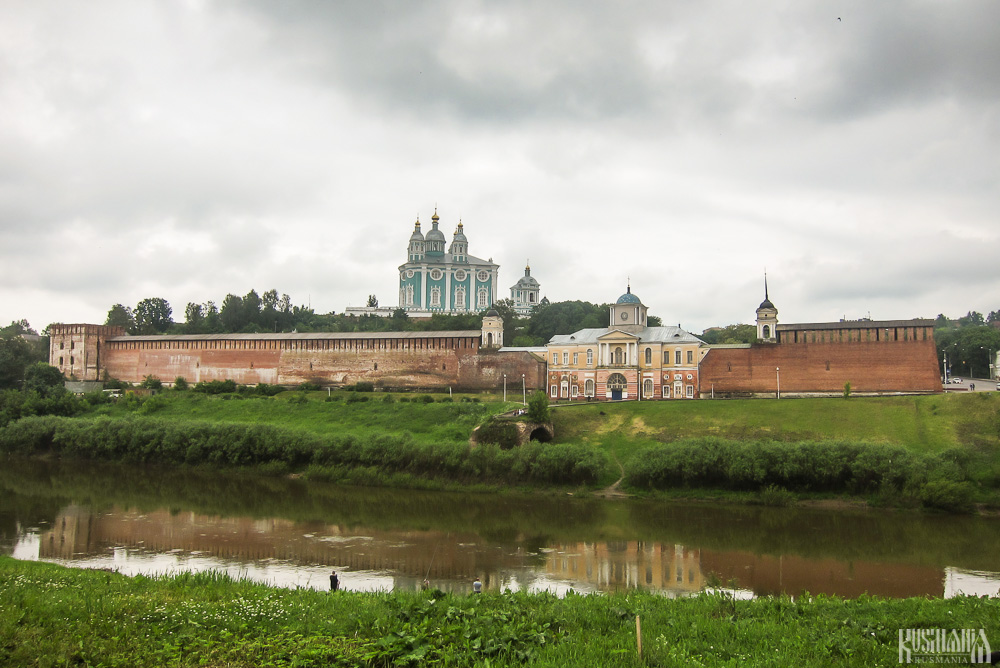
The Smolensk Kremlin has been included in this list as the fortifications in Smolensk are practically always called a kremlin. However military historians argue that they are actually a fortress as they don't meet the criteria of surrounding the very centre of the city as the walls originally ran for 6.5 kilometres around a large area of the city. Today less than half of the original walls have survived and only 18 out of 39 towers remain.
 Smolensk, Smolensk region (Central Federal District)
Smolensk, Smolensk region (Central Federal District)
TOBOLSK KREMLIN
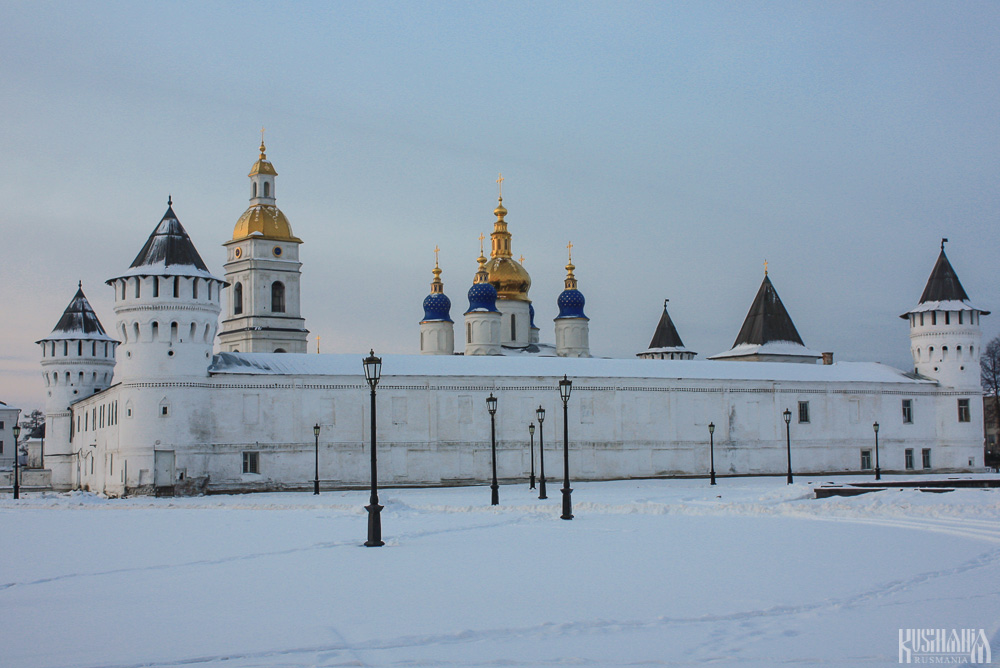
The Tobolsk Kremlin is unique as it is the only kremlin in Siberia. Construction of the Tobolsk Kremlin walls began in the early 18th century after the completion of the St Sofia-Dormition Cathedral in 1686. Work on the construction continued on and off until 1799.
 Tobolsk, Tyumen region (Ural Federal District)
Tobolsk, Tyumen region (Ural Federal District)
TULA KREMLIN
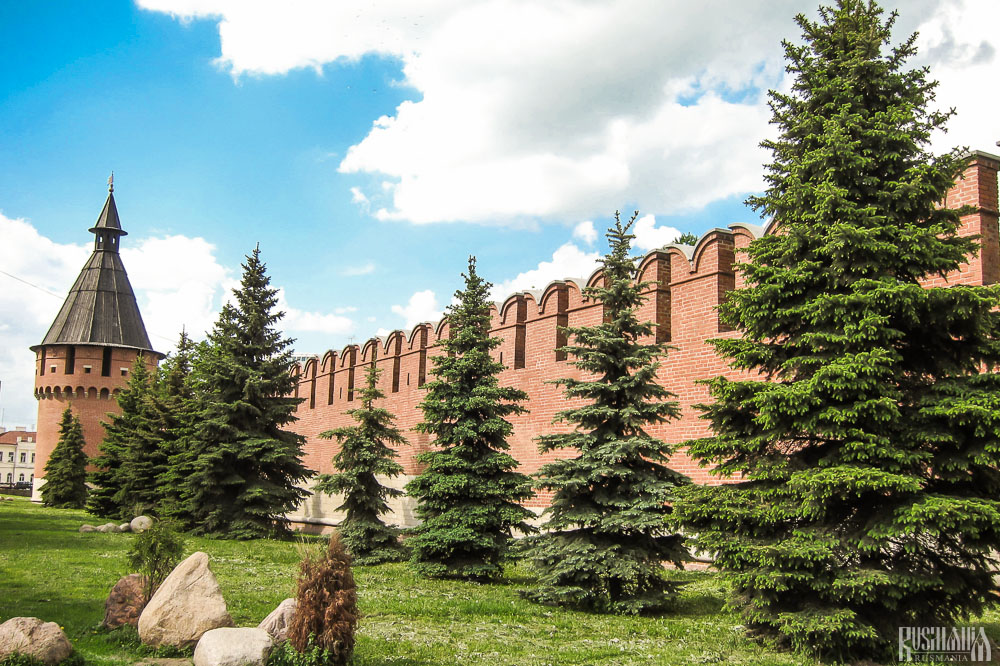
In 1507 Grand Prince Vasili III of Rus set about strengthening Tula's defences as the increasing number of Tatar raids from the south made Tula important for the defence of Moscow. Firstly a wooden fortress was built and then in between 1514 and 1520 the stone kremlin which survives today was constructed inside the wooden defences.
 Tula, Tula region (Central Federal District)
Tula, Tula region (Central Federal District)
ZARAISK KREMLIN
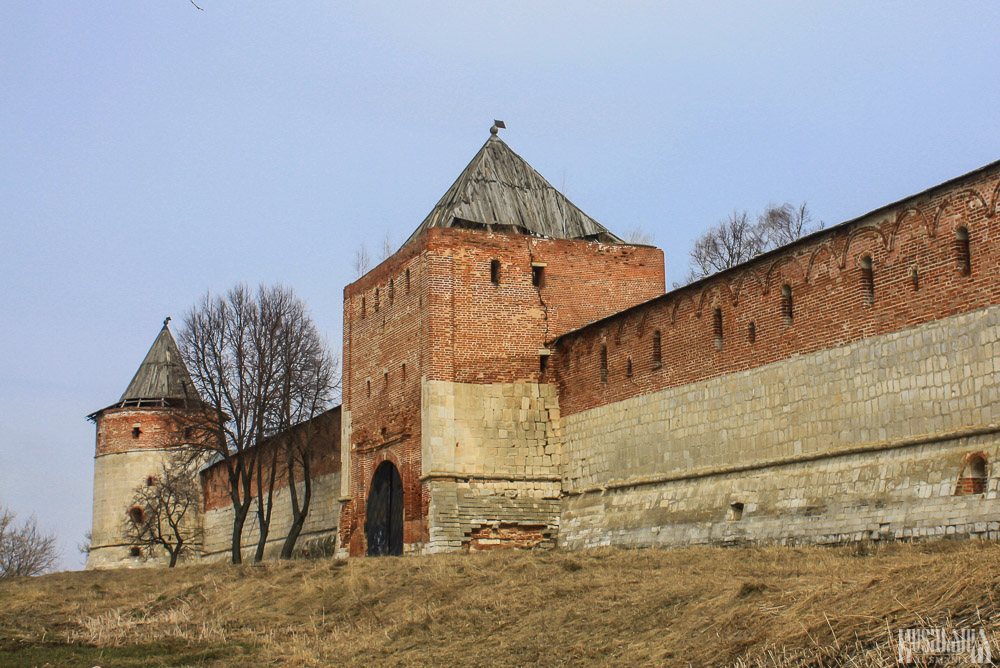
The Zaraisk kremlin was built on the orders of Grand Prince Vasili III between 1528 and 1531 and probably involved Italian architects who were working in Russia at that time. It is rather simple in both form, consisting of just a rectangle of wall with seven towers, and in terms of what is inside - two churches and a few other buildings. Despite this simplicity though, it is still rather impressive.
 Zaraisk, Moscow region (Central Federal District)
Zaraisk, Moscow region (Central Federal District)